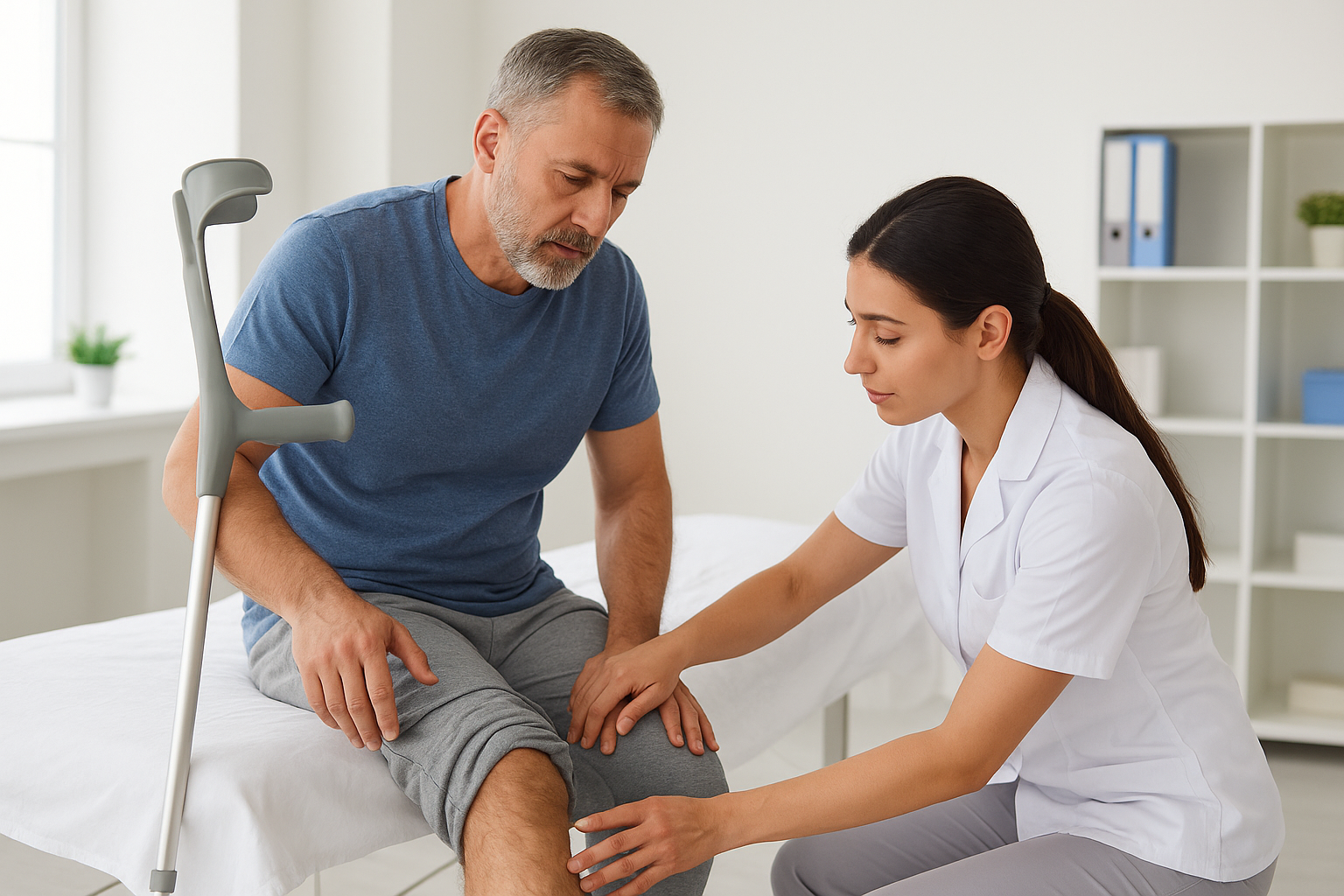Post-Surgery Rehabilitation: Steps for a Faster and Safer Recovery

Discover simple steps for post-surgery rehabilitation to heal faster, regain strength, and ensure a safe, smooth recovery journey.
Surgery may be over, but the real journey begins with recovery. How well you heal depends on more than just rest; it’s about following the right steps for rehabilitation. When done properly, recovery helps restore mobility, speeds up healing, and protects your long-term health.
This is where post-surgery rehabilitation plays a crucial role. It’s not just about getting back on your feet it’s about regaining confidence, strength, and quality of life.
Understanding Post-Surgery Rehabilitation
So, what exactly does “rehabilitation” mean after surgery?
It’s more than just rest; it’s a planned process of care that includes medication, exercise, nutrition, and emotional support. Doctors design the roadmap, physiotherapists guide your movement, and caregivers ensure you stay on track.
Rehab is especially vital after surgeries like knee replacements, heart procedures, abdominal operations, or even C-sections. Each requires a slightly different approach, but the goal is always the same: restore health, mobility, and confidence.
Key Steps for Faster and Safer Recovery
1. Follow Medical Advice Strictly
If your doctor says “don’t lift anything heavy for two weeks,” don’t test it by moving your couch. Follow-up visits, prescriptions, and post-op instructions are there for a reason. Skipping them only delays healing.
2. Manage Pain Effectively
Pain after surgery is normal, but suffering in silence isn’t. Use prescribed medications, ice packs, or relaxation techniques to manage it. If your pain feels unbearable or suddenly worsens, call your doctor, don’t just Google it.
3. Gradual Physical Activity and Exercises
Movement is medicine. Gentle walks or physiotherapy exercises keep your joints flexible and prevent blood clots. But here’s the golden rule: don’t rush it. You’re not training for a marathon just yet. Slow, steady, and consistent wins this race.
4. Proper Nutrition and Hydration
Your body is repairing itself; it needs the right fuel. Load up on protein-rich foods, fresh fruits, and veggies. Stay hydrated, and skip junk food that can slow healing. Think of your plate as your medicine cabinet.
5. Wound Care and Hygiene
Keep the surgical site clean and dry. Any redness, swelling, or unusual discharge could mean infection. Trust your instincts—if something doesn’t look right, don’t wait, get it checked.
6. Emotional and Mental Well-being
Recovery isn’t just about the body. It’s easy to feel frustrated, anxious, or even a little blue after surgery. Lean on family, friends, or support groups. Sometimes, a good laugh with a loved one does as much healing as your medication.
Role of Rehabilitation Programs
Here’s where structured rehabilitation programs shine. Personalized physiotherapy sessions, occupational therapy, or even lifestyle coaching give you a clear plan to follow.
Think of it as having a coach in your corner—someone cheering you on, pushing you when you need it, and slowing you down when you’re tempted to overdo it.
Common Mistakes to Avoid During Recovery
- Skipping medications or thinking, “I feel fine, I don’t need them.”
- Resuming heavy work too early (yes, even if you feel “almost” okay).
- Ignoring small warning signs like persistent swelling or unusual pain.
Remember: one careless mistake can undo weeks of healing.
When to Seek Immediate Medical Attention
Not every discomfort is “normal.” Call your doctor right away if you notice:
- High fever or chills
- Severe, sudden pain
- Unusual swelling, bleeding, or pus from the wound
- Shortness of breath or chest pain
These are red flags you should never ignore.
Conclusion
Post-surgery rehabilitation isn’t just about following orders it’s about patience, discipline, and self-care. Every small step you take adds up to a stronger, healthier you.
If you’re recovering from surgery, take it slow, follow the plan, and celebrate every milestone, no matter how small. Recovery is not a sprint it’s your personal journey back to strength and quality of life.

Leave a Reply